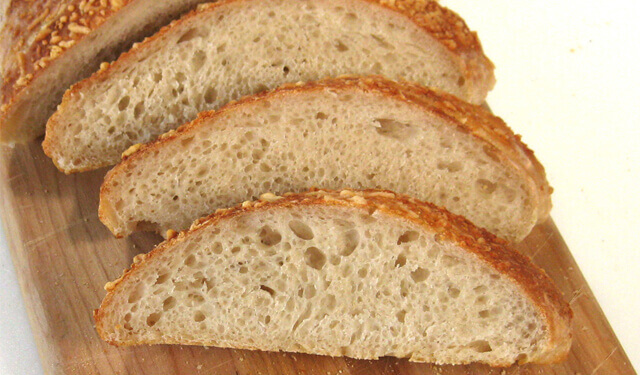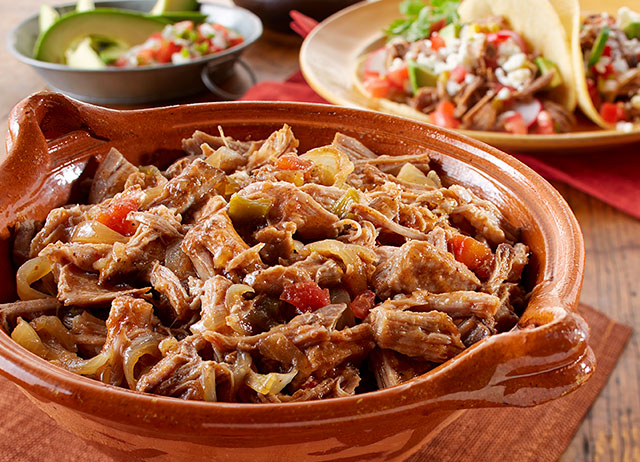
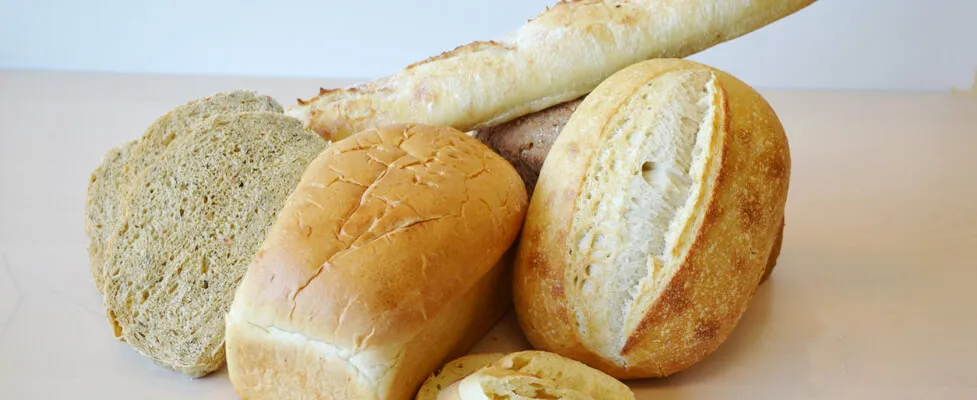
Yeast Breads
My favorite food is bread. Yep, bread. People seem to either immediately relate to this or look at me like I am crazy. I have decided that those who think a love of bread is something out of the ordinary have never tasted a loaf of still slightly warm, fresh baked, truly homemade bread.
SEE THE RECIPE
 by
Amber
by
Amber
 by
Amber
by
Amber
My favorite food is bread. Yep, bread. People seem to either immediately relate to this or look at me like I am crazy. I have decided that those who think a love of bread is something out of the ordinary have never tasted a loaf of still slightly warm, fresh baked, truly homemade bread. I also find that my love of bread has made me somewhat of a bread snob. That stuff in the aisles at the grocery store, soft, squishy and suffocating in plastic, is only a distant relative to the bread I so adore. And don’t even get me started on the smell of fresh baked bread pumping out of sandwich shops; such a smell has never wafted from my oven while baking bread. But I digress.
I know a number of people who think making bread is hard, at best. I encourage those people to give it a try – it really isn’t a difficult process and only involves a few ingredients. It does take a little time – but most of that is just waiting for the ingredients to do their thing – and requires little, if any, attention. Bread is a beautiful blending of the art and science of cooking in one delicious loaf. Let me explain by starting with ingredients.
Bread can be made from a few ingredients – flour, water, salt and yeast. Understanding the basic function of the ingredients, the science part, takes some of the mystery out of making bread.
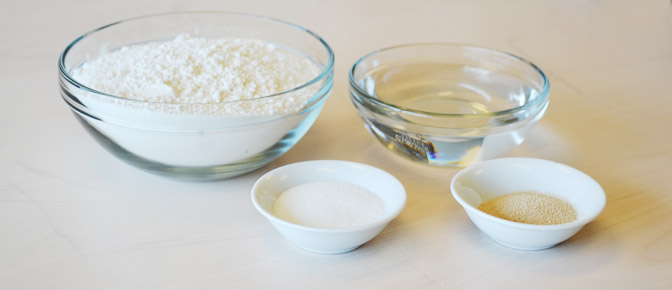
Flour provides texture, structure, and flavor. Gluten, a protein structure in wheat flours, is responsible for the elastic nature of bread dough. Have you ever tried to stretch a pizza crust only to have it shrink back in on itself? That is the gluten acting. Thankfully this elastic characteristic relaxes with time, which is why it is important to rest bread dough after mixing and kneading before trying to shape it. The other important thing gluten does is trap air during the baking process. Have you ever had a really heavy, dense piece of bread? The density can often be attributed to gluten – either the dough was not kneaded long enough to fully develop the stretchiness of the gluten or a flour with a lower protein content was used. Mixing different flours allows bakers to create many types of bread with different flavors and textures. That is part of the art of making bread.
Water is used to bring all the ingredients together. The amount of water can vary depending on the type of bread. Generally speaking more water means a softer, airier loaf of bread and less water makes a firmer, denser loaf. For example, focaccia bread with its big holes and soft interior has a greater amount of water used than typical sandwich-type bread.
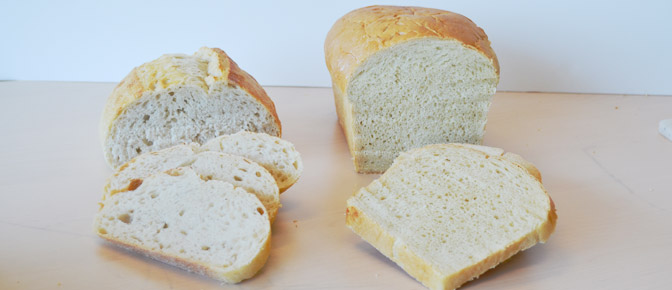
Bread can be made without salt but I wouldn’t recommend it. Salt not only provides flavor but it also helps to strengthen the gluten resulting in a loaf of bread with better structure and texture.
Last and certainly not least is yeast. The main purpose of yeast is to add air to bread. Yeast is a living organism that produces carbon dioxide gas. It is this gas that gets trapped in the bread dough (thanks to gluten) and causes bread to rise. Yeast is available in a few different forms for the home cook, and more for the professional baker. Active dry yeast is probably the most readily available. This type of yeast is generally added to warm water for a few minutes before being mixed into bread dough. This essentially brings the yeast back to life. Another type of yeast is instant dry yeast, sometimes labeled as quick rise. Instant yeast can be added directly to the dough without rehydrating it first and it tends to produce carbon dioxide more quickly which can reduce some of the waiting time in the bread making process.
Now that you know some of the basics of bread ingredients find yourself a great recipe like Artisan Bread, and try making some in your own kitchen. Before you know it you will be passing by the bread aisle at your local grocery store like me.
Share Your Thoughts
Did you find this article helpful? Has it inspired you? What else would you like to know?


